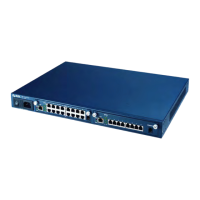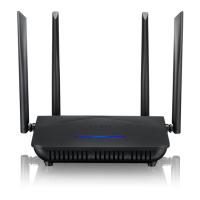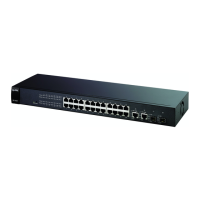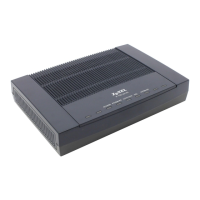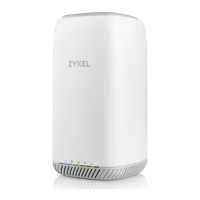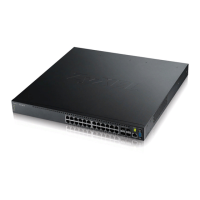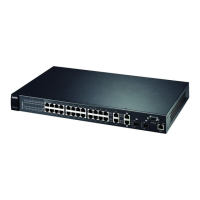Chapter 11 Management
IES4005M User’s Guide
95
11.7 FTP for Configuration and Firmware Files
This section shows some examples of uploading to or downloading files from the IES using FTP
commands. First, understand the filename conventions.
11.7.1 Filename Conventions
The configuration file (also known as the romfile or ROM) initially contains the factory default
settings. After you customized the IES’s settings, save them back to your computer under a
filename of your choosing.
The IES supports dual firmware images, ras-0 and ras-1. It uses one firmware image at a time.
show version [flash]
Displays the version of the currently running firmware. Optionally, display the
versions of the currently installed firmware images on the flash memory.
E1
write memory
Saves the current configuration in volatile memory to the configuration file
currently in use.
E 13
show startup-config
Displays the configuration file currently in use. E 13
hostname <hostname>
Sets the system name for identification purposes.
hostname: up to 31 printable characters; spaces are allowed.
C13
contact <contact>
Sets the contact information.
contact: up to 31 English printable characters; spaces are allowed.
C13
location <location>
Sets the location information.
location: up to 31 English printable characters; spaces are allowed.
C13
baudrate <1|2|3|4|5>
Changes the console port baud rate (in bps).
1: 38400
2: 19200
3: 9600
4: 57600
5: 115200
E1
Table 66 System Maintenance Commands Summary (continued)
COMMAND DESCRIPTION M P
Table 67 Filename Conventions
FILE TYPE
INTERNAL
NAME
EXTERNAL
NAME
DESCRIPTION
Configuration File config *.cfg This is the configuration filename on the IES. Uploading the
config file replaces the specified configuration file system,
including your IES configurations, system-related data
(including the default password), the error log and the trace
log.
Firmware ras-0
ras-1
*.bin This is the generic name for the firmware on the IES. ras-0
is image 1; ras-1 is image 2.

